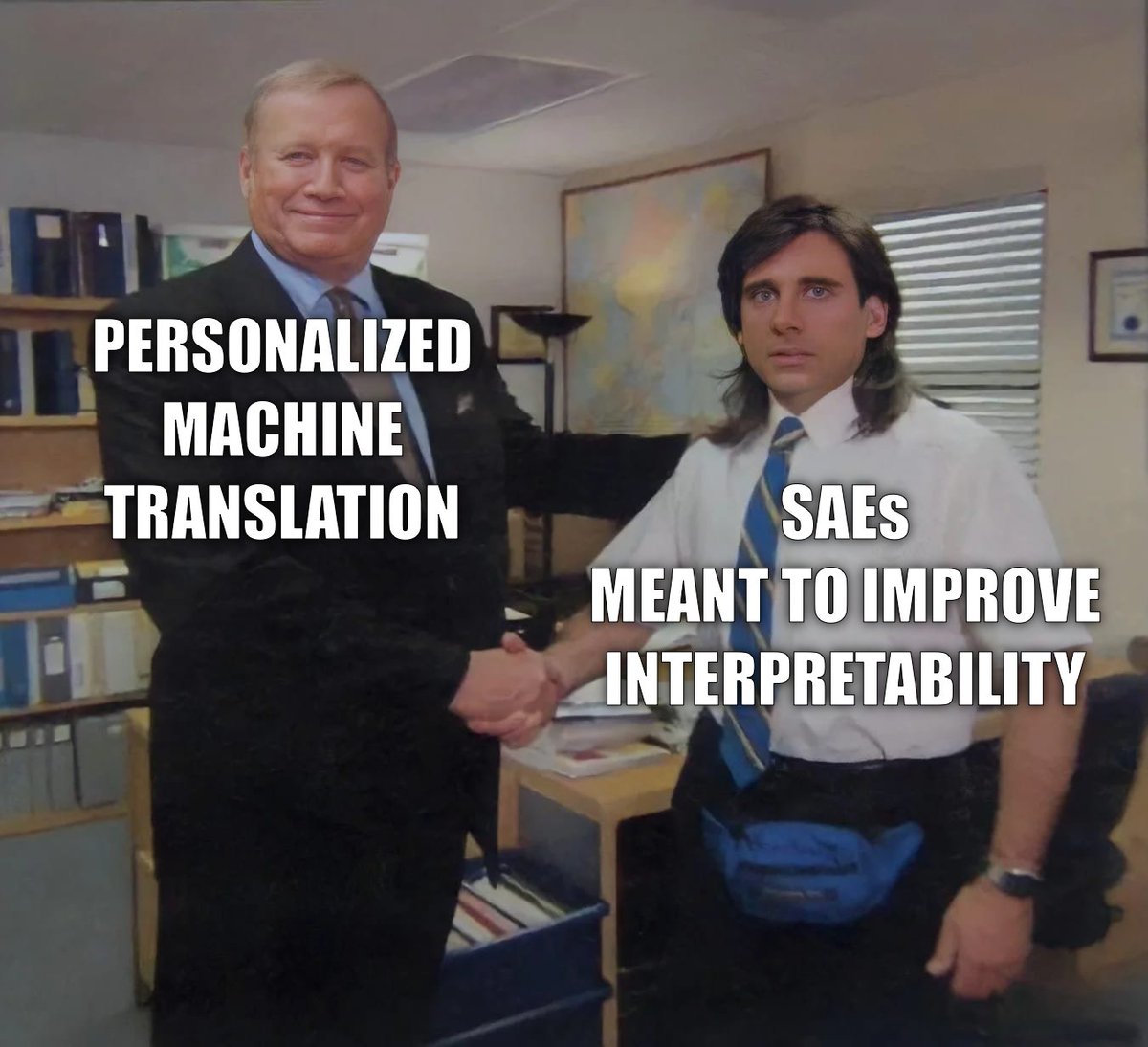
neuronpedia
@neuronpedia
open source interpretability platform 🧠🧐
ID: 1679969101203247104
http://neuronpedia.org 14-07-2023 21:40:30
33 Tweet
477 Followers
10 Following


i forgot to tweet about this, but the very cool people at neuronpedia graciously hosted the steering vectors we trained on AxBench for Gemma-2-2B and 9B, w/ max activating examples and interactive steering neuronpedia.org/axbench





Fantastic to see Anthropic, in collaboration with neuronpedia, creating open source tools for studying circuits with transcoders. There's a lot of interesting work to be done I'm also very glad someone finally found a use for our Gemma Scope transcoders! Credit to Arthur Conmy




